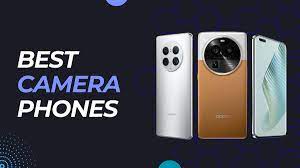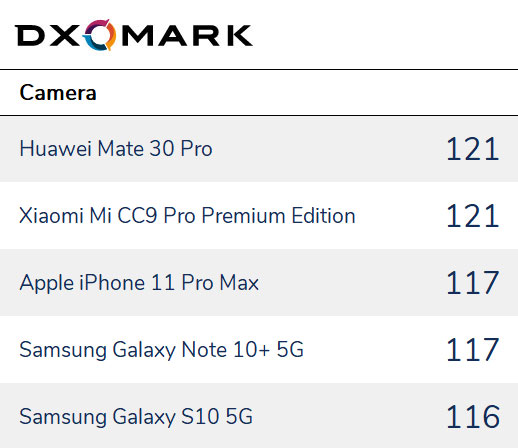Mobile And Camera Ratings: 2024
Mobile And Camera Ratings
Mobile phones and cameras are extremely important in today’s digitally-driven environment. They shape our perception of and interactions with the world around us, acting as essential instruments for creativity, communication, and recordkeeping. It might be difficult for consumers to choose the best gadget because there are so many options available. Here, the mobile and camera ratings become really useful.

To facilitate well-informed decision-making, mobile and camera ratings offer users crucial perspectives on the functionality, attributes, and general standard of gadgets. In addition to performance, battery life, design, and user experience, these ratings evaluate a wide range of characteristics. Ratings provide consumers with a thorough perspective that helps them navigate the market by combining professional analysis and user input.
2024’s Mobile And Camera Ratings prioritise quality over specs. Apple kept things simple on the less priced iPhone models, Samsung abandoned its 10X zoom camera, and Google continues to rely on artificial intelligence (AI) magic to improve its Pixel series.

This year is about discovering new techniques to shoot great pictures, not about having more megapixels and zoom.
One well-known benchmarking site that specialises in assessing camera, lens, and smartphone performance is DXOMARK. DXOMARK offers thorough assessments and Mobile And Camera Ratings using sophisticated metrics and strict testing procedures to help customers make well-informed judgements concerning imaging technologies. Their evaluations include information on the advantages and disadvantages of each gadget by addressing a range of topics, including picture quality, focus performance, video capabilities, and more.
Trusted by experts and amateurs alike, DXOMARK evaluations are an invaluable tool for learning about the capabilities of contemporary imaging technology and remaining up-to-date with industry developments.
Follow our Digiknowledge.co.in page for the latest updates about bikes, cars, sports, lifestyle, and many more.
What factors determine the DXOMARK rating?
A variety of criteria that affect the overall performance of lenses, cameras, and smartphones are taken into consideration when determining DxOMark scores. These elements usually consist of:
Sharpness, colour correctness, dynamic range, and noise levels are all evaluated in terms of image quality.
The assessment of autofocus performance includes tracking ability, accuracy, and speed.
Analysis of the ability to retain information in both bright and dark areas, as well as exposure accuracy, is done in conjunction with contrast.
Examining the precision and consistency of colour reproduction under various lighting circumstances is known as colour rendering.
Texture and Detail: Evaluation of the depiction of texture and preservation of minute details in diverse shooting conditions.
Analysing noise reduction techniques and how they affect the quality of the images.
Testing the impacts of depth of field, bokeh quality, and zoom capabilities.
Analysing the audio performance, autofocus during video capture, stabilisation, and video recording quality is called video performance.
Performance under Low Light: Evaluation of low light circumstances, taking into account detail preservation and noise levels.
Extra Characteristics: Additional features like HDR settings, panorama functionality, and sophisticated shooting modes are taken into account.
The performance of the Mobile And Camera Ratings and the calibre of the user experience are reflected in the DXOMARK scores in the rankings below. The industry-trusted scores are supported by comprehensive processes that collect hundreds of measurements conducted in DXOMARK’s cutting-edge labs.
Best for Photo:Huawei P40 Pro
Samsung Galaxy S20 Ultra tops the Wide category
Night and low-light photography is, again, the Huawei P40 Pro
Best for Zoom: Huawei P40 Pro
Additionally, take into account: The Xiaomi Mi 10 Pro has two tele-lenses, which optimise image quality throughout the zoom range. This makes it possible to achieve great zoom results, particularly at medium range, that are comparable to those of the P40 Pro.
What determines the camera quality of a phone?
The specifications encompass the number of megapixels, focus length, aperture, sensor size, zoom type, stabilisation techniques, and focusing system approaches. Manufacturers of multi-lens smartphones select various lens combinations based on what they believe is best for offering the most flexible and optimal solution.
What does the quality of a camera depend on?
When it comes to image quality, sensor size and type, megapixel count, and pixel size are all significant; however, other, frequently disregarded elements, including file format, lens selection, and the configurations used to take the picture, also matter.
Does the camera or lens determine quality?
Because it directly influences characteristics like depth of field, sharpness, background blur, and degree of detail, to mention a few more crucial ones, a camera lens has a bigger impact on picture quality than things like megapixel count.
=





Pingback: F27 Pro+ India’s first IP69-rated Smartphone 24 - Digiknowledge
I’m glad to hear that you find the content helpful and enjoyable! If you have any specific topics you’re interested in or questions you’d like to explore further, feel free to ask
Pingback: iOS 18 will be released soon 24 - Digiknowledge
Thank you! I’m glad you found the information helpful. If you have any specific questions or need further clarification on any of the points, feel free to ask. I’m here to help!